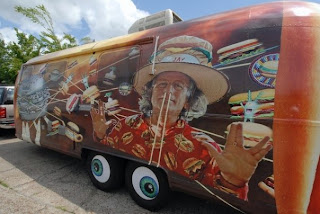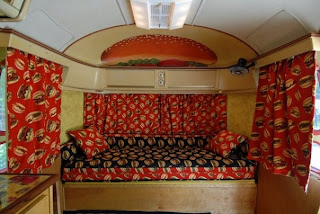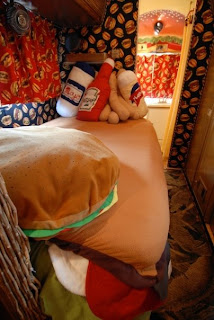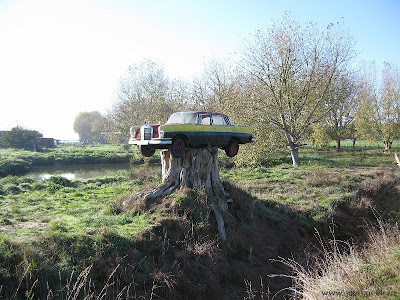Comic-Con provides a unique vantage point on the digital future of the popular arts.
The invention of digital media had an obvious quantitative impact on art, but I always listen at Comic-Con for early evidence of a qualitative impact.
Everybody knows the quantitative benefits: computers enhance the efficiency, speed and precision of the creation and distribution of images. They permit sharper, more consistent pictures than traditional tools can. They expand the range of possible subject matters by overcoming previous limitations on scale. For example, animators today have the ability to show individual strands of hair, or flowers in a field, or faces in a crowd that once would have been economically impossible to convey.
Yet, it is not clear that any of these miracles crosses the line between quantitative and qualitative change.
Contrast digital art with the invention of oil paint, for example. Many historians believe the invention of oil paint transformed the nature of art qualitatively. It gave artists versatility and sensitivity to create rich, glowing surfaces (such as polished marble, radiant jewels and-- most importantly-- human flesh).

This is supposed to have helped inspire the transition from the medieval obsession with the afterlife...

to the Renaissance focus on the human body and our physical world.
For me, the most fascinating question about the future of digital art is whether HCI (human-computer interaction) has the potential to trigger a similar kind of change.
Can it help make our images more sensitive? Better designed? Can it lead to better compositions? More poignant or evocative or profound images? Can it help make artists visually smarter, or perhaps release some primal aspect of aesthetic communication that has been straightjacketed so long by the limitations of earlier media we're not even aware of it?
One of the more promising areas discussed at Comic-Con emerged in a presentation by USC professor
Henry Jenkins on "
Transmedia," which he defined as:
The systematic dispersion across multiple platforms of a unified and coordinated entertainment experience, with each platform making its own contribution.
While in many respects transmedia is a marketing concept, it can also alter our experience of creative content by mixing genres together in what seems to be a new and potentially rich way. Digitalization enables people to become part of a movie, or to experience the movie through multiple points of view; to immerse themselves in a story and to later extract parts of it to take back to their own world; to incorporate the content in their own play (think of people using youtube to adapt and perform their own versions of the songs they see on Glee); to move the content from one medium to another, the way bees cross-pollenate. Jenkins impressed me as smart and disciplined.
It's too early to tell, but this strikes me as a variation on the creative experience worth thinking about as we shape our stories and other creative content.









































